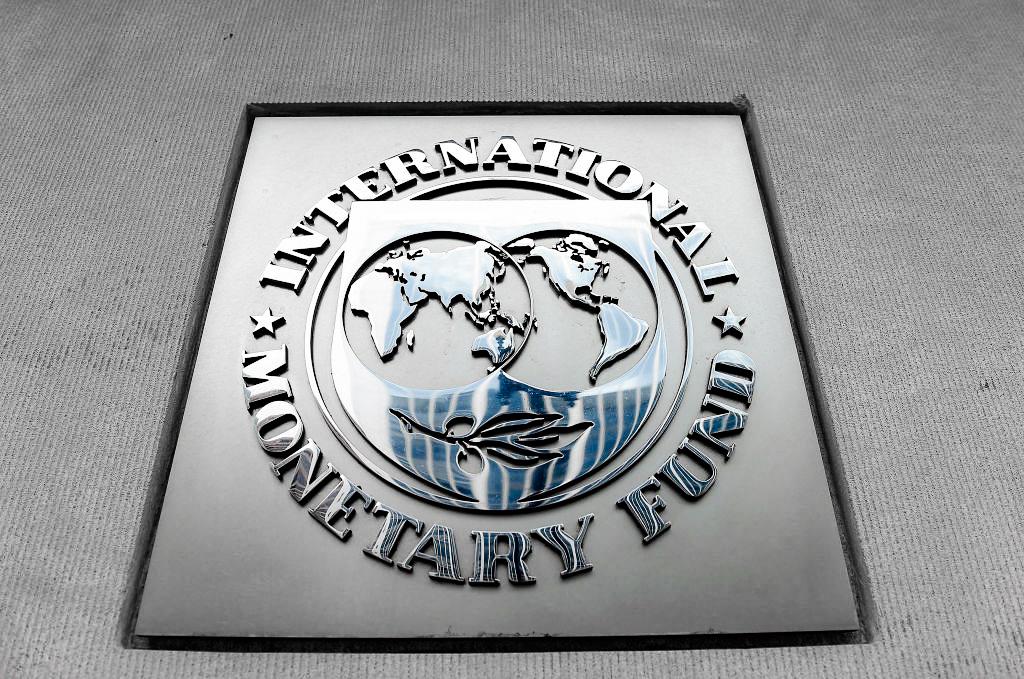Representative Thomas Massie (R-Ky.) has criticized lawmakers for authorizing billions of dollars in aid to Ukraine that could have been put to better use for the benefit of Americans.
President Joe Biden signed a $1.7 trillion spending omnibus bill on Dec. 29 aimed at keeping the government running until the fiscal year ends in September 2023. This includes a $45 billion aid package for Ukraine supported by nine House Republicans and 18 Senate Republicans. The $45 billion brings the total amount of American taxpayer money authorized by Congress for Ukraine to over $110 billion.
With the billions sanctioned for Ukraine, the U.S. government could have constructed seven 450-mile-long walls along the American border or nearly two walls covering the entirety of the roughly 2,000-mile border, according to an analysis by Breitbart.
Importance of US Weapons
In an interview with Finnish broadcaster Yle, Markku Salomaa, an adjunct professor of European military history, said that the U.S. supply of weapons has been “critical” for Ukraine’s survival.Without the American weapons, Ukraine would “no longer exist” as it is the modern Western weapons that have forced Russia into retreating on multiple fronts.
“One example is the HIMARS rocket launchers, with which the Ukrainians have destroyed Russian supply lines. Another example is the various anti-tank weapons, of which tens of thousands have been delivered to Ukraine from the West,” said security policy researcher Mikko Rakkolainen.
Rakkolainen also expressed concerns that weapons of war might end up being sold in the black market.
Back in May, there were reports that military-grade weapons in Ukraine were being sold to international buyers through the Telegram messaging app. This included certain U.S.-made hardware as well.
War Enters 2023
With the Ukraine-Russia war entering its second calendar year, Michael Clarke, an associate director of the Strategic Studies Institute in Exeter, UK, believes the winter and spring season will be crucial.“Napoleon, Hitler, and Stalin all had to keep their armies moving in the face of a steppes winter, and now—his invasion going backwards on the ground—Vladimir Putin is digging his forces in for the winter to await a new Russian offensive in the spring.”
Of the two sides, Clarke believes Ukrainians are better motivated and equipped to keep going. Putin has already revealed that 50,000 troops have been newly mobilized at the front while another 250,000-strong newly mobilized group is training for 2023.
Andrei Piontkovsky, a scientist and analyst based in Washington, believes Ukraine will be able to fully restore its territorial integrity by spring next year.





